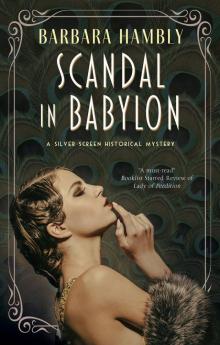 Scandal in Babylon
Scandal in Babylon The Rainbow Abyss
The Rainbow Abyss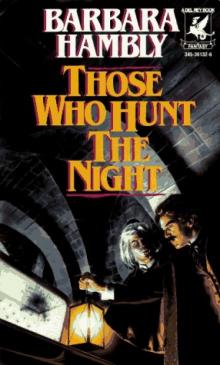 Those Who Hunt the Night
Those Who Hunt the Night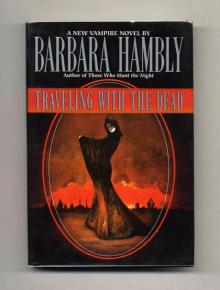 Traveling with the Dead
Traveling with the Dead The Sun Wolf and Starhawk Omnibus
The Sun Wolf and Starhawk Omnibus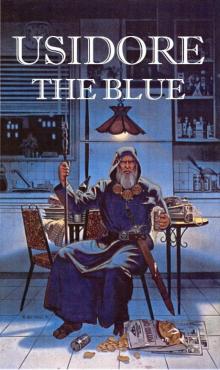 The Time Of The Dark
The Time Of The Dark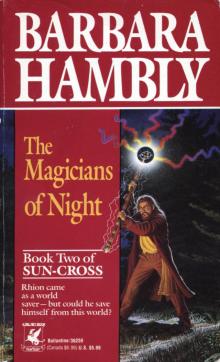 The Magicians of Night
The Magicians of Night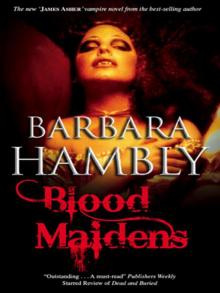 Blood Maidens
Blood Maidens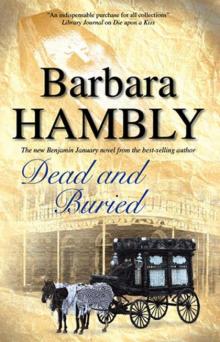 Dead and Buried
Dead and Buried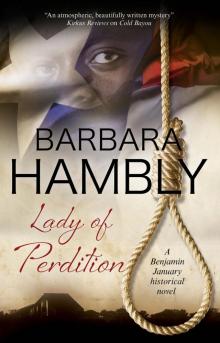 Lady of Perdition
Lady of Perdition Ran Away
Ran Away Prisoner of Midnight
Prisoner of Midnight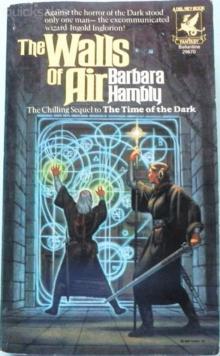 The Walls of Air
The Walls of Air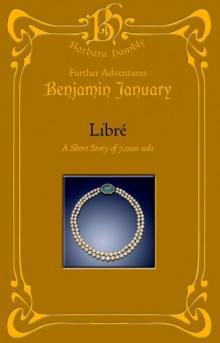 Libre
Libre Children of the Jedi
Children of the Jedi Cold Bayou
Cold Bayou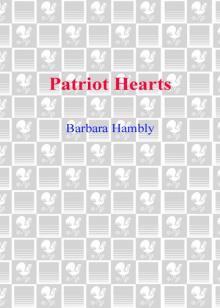 Patriot Hearts
Patriot Hearts 02 Fever Season bj-2
02 Fever Season bj-2 A Free Man of Color
A Free Man of Color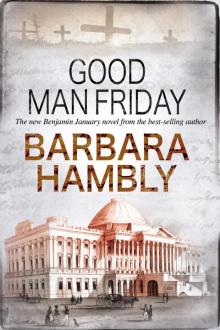 Good Man Friday
Good Man Friday Homeland
Homeland Crimson Angel
Crimson Angel Dragonstar
Dragonstar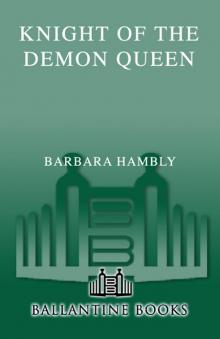 Knight of the Demon Queen
Knight of the Demon Queen Crossroad
Crossroad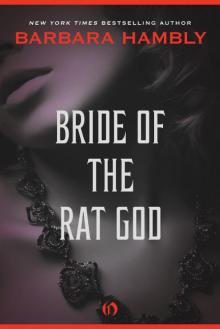 Bride of the Rat God
Bride of the Rat God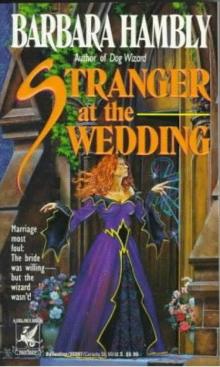 Stranger at the Wedding
Stranger at the Wedding Days of the Dead
Days of the Dead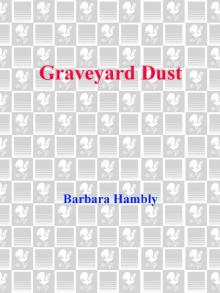 Graveyard Dust
Graveyard Dust 03 Graveyard Dust bj-3
03 Graveyard Dust bj-3 The Dark Hand of Magic
The Dark Hand of Magic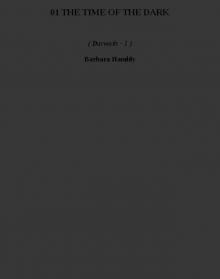 01 THE TIME OF THE DARK d-1
01 THE TIME OF THE DARK d-1 Sisters of the Raven
Sisters of the Raven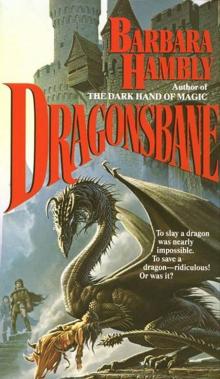 Dragon’s Bane
Dragon’s Bane Icefalcons Quest
Icefalcons Quest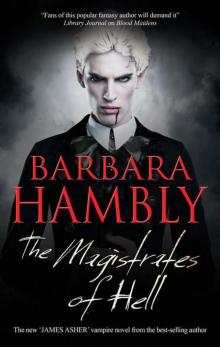 Magistrates of Hell
Magistrates of Hell 02 TRAVELING WITH THE DEAD ja-2
02 TRAVELING WITH THE DEAD ja-2 Dragonsbane
Dragonsbane STAR TREK: TOS #23 - Ishmael
STAR TREK: TOS #23 - Ishmael 02 The Walls of Air d-2
02 The Walls of Air d-2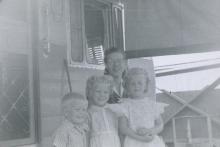 Search the Seven Hills
Search the Seven Hills Die Upon a Kiss
Die Upon a Kiss Mother of Winter
Mother of Winter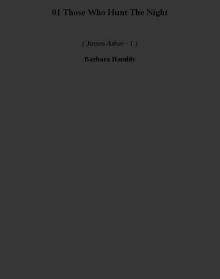 01 Those Who Hunt The Night ja-1
01 Those Who Hunt The Night ja-1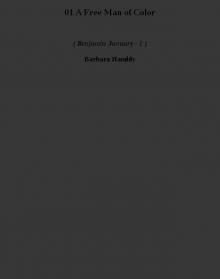 01 A Free Man of Color bj-1
01 A Free Man of Color bj-1 Sold Down the River
Sold Down the River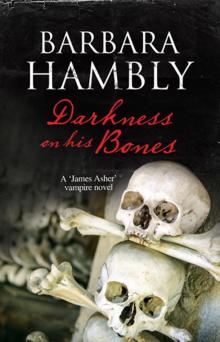 Darkness on His Bones
Darkness on His Bones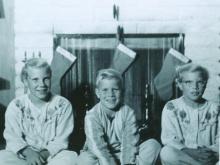 The Ladies of Mandrigyn
The Ladies of Mandrigyn The Silent Tower
The Silent Tower Star Wars: Planet of Twilight
Star Wars: Planet of Twilight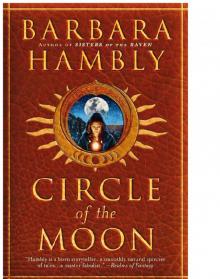 Circle of the Moon
Circle of the Moon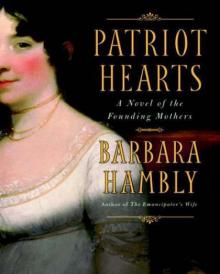 Patriot Hearts: A Novel of the Founding Mothers
Patriot Hearts: A Novel of the Founding Mothers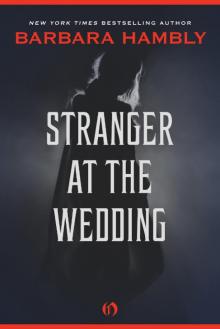 The Stranger at the Wedding
The Stranger at the Wedding 05 Icefalcons Quest d-5
05 Icefalcons Quest d-5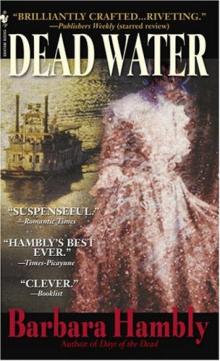 Dead water bj-8
Dead water bj-8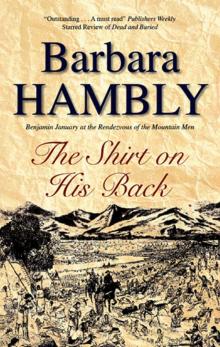 The Shirt On His Back
The Shirt On His Back Dragonshadow
Dragonshadow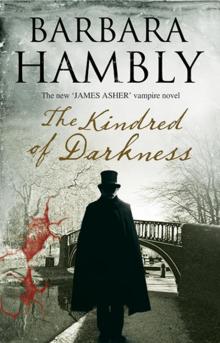 The Kindred of Darkness
The Kindred of Darkness 04 Sold Down the River bj-4
04 Sold Down the River bj-4 The Witches of Wenshar
The Witches of Wenshar Hagar
Hagar The Emancipator's Wife
The Emancipator's Wife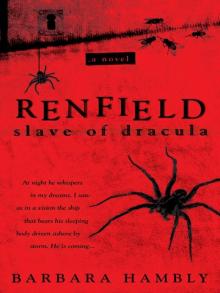 Renfield
Renfield Those Who Hunt the Night: A James Asher Novel
Those Who Hunt the Night: A James Asher Novel There Shall Your Heart Be Also
There Shall Your Heart Be Also Pale Guardian
Pale Guardian The Walls of the Air
The Walls of the Air Star Wars: Children of the Jedi
Star Wars: Children of the Jedi Karate Masters vs the Invaders From Outer Space
Karate Masters vs the Invaders From Outer Space Murder in July
Murder in July 04 Mother Of Winter d-4
04 Mother Of Winter d-4